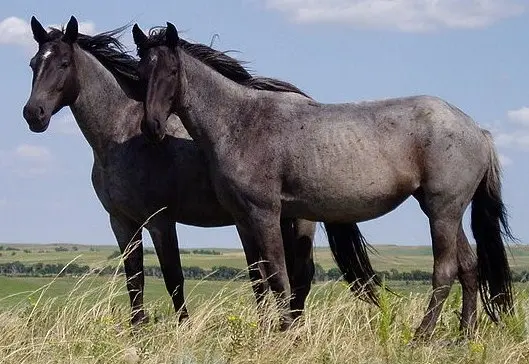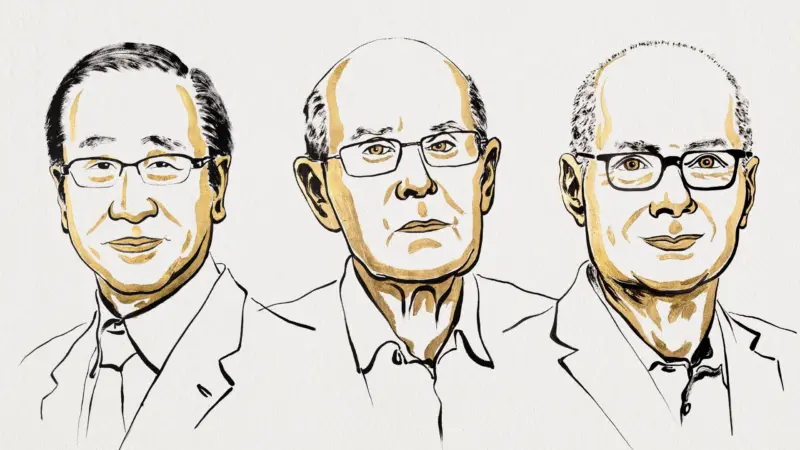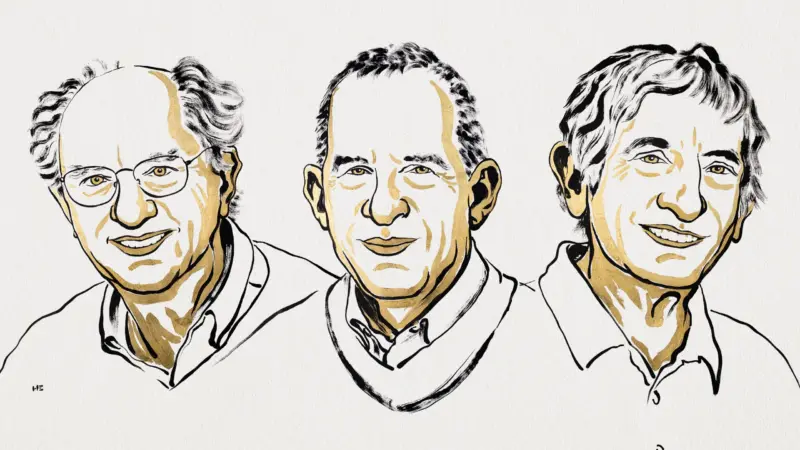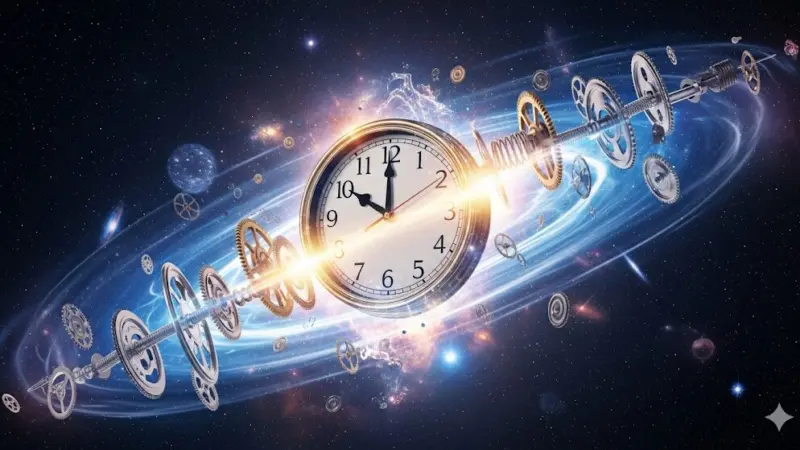What the Long Face Really Means: Decoding Horse Emotions Through Facial Expressions

When we think of animals that communicate using facial expressions, we often picture dogs wagging tails or primates baring teeth. Horses? Not so much. Yet, recent research is flipping that assumption on its head. It turns out, the equine face is a living canvas of subtle emotional signals—more expressive and informative than previously imagined.
At the heart of this breakthrough is a new study that delves deep into the real-world interactions of horses. Researchers observed not just isolated moments of horse behavior but a wide spectrum of natural, spontaneous equine encounters offering a clearer window into how horses communicate with one another, and even with us.
Beyond Ears: The Full-Body Language of Horse Emotions
We’ve long relied on ear position as the go-to clue for a horse’s mood. Ears pinned back? Angry. Ears pricked forward? Curious or alert. But what if that’s just the tip of the behavioral iceberg?
The team behind this new research, led by Dr. Kate Lewis from the University of Portsmouth, argues that a richer, more intricate symphony of facial movements is at play. To decode it, they used a specialized tool known as EquiFACS—the Equine Facial Action Coding System—a catalog of horse facial muscle movements adapted from similar methods used in human emotion research.
Their conclusion? If we want to understand horses, we need to stop reading single facial cues like words, and instead, start seeing the whole sentence.
Watching Horses Just Be Horses
Instead of forcing animals into artificial situations to provoke expressions (like blocking access to food or introducing sudden noises), researchers took a more organic approach: they simply observed 36 domestic horses interacting naturally for over 70 hours. These interactions were sorted into four key categories:
- Friendly
- Playful
- Aggressive
- Attentive
What emerged from this patient analysis was a remarkably diverse emotional language.
When Friends Meet: Signs of Equine Camaraderie
In peaceful and sociable moments, horses exhibited a particular kind of posture: noses extended forward, ears relaxed, and eyes softened. This subtle gesture seemed to say, “I come in peace.” Much like a smile among humans, it appears to signal good intentions.
Interestingly, this combination wasn’t limited to just one emotion but was often part of more nuanced behaviors—perhaps comparable to how humans smile in different ways to convey amusement, gratitude, or empathy.
Playtime Looks a Little Wild (But It’s All in Good Fun)
One of the most fascinating discoveries involved the so-called “play face.” During frolicsome interactions, horses often:
- Opened their mouths wide
- Dropped their lower lips
- Flared their nostrils
- Rotated their ears back
- Showed visible whites of their eyes
To an untrained observer, this might look like a tense or aggressive horse. But in context, it’s the equine equivalent of a child sticking out their tongue mid-tickle fight—an exaggerated display meant to say, “This is all fun and games.”
What’s even more remarkable is that this “play face” uses the same muscle groups as seen in primates, suggesting it may be a deeply rooted mammalian trait, possibly predating the evolutionary divergence between horses and apes.
Reading the Warning Signs
When conflicts flared, horses wore it plainly on their faces. Aggressive encounters involved:
- Flattened ears pinned backward
- Dilated nostrils
- Raised inner brows
- Heads lowered in a clear sign of warning or preparation for confrontation
These aggressive signals weren’t isolated events—they came as part of coordinated body language, again reinforcing the idea that context is everything when interpreting animal behavior.
Why This Matters
Understanding how horses communicate facially isn’t just about curiosity. It has real-world applications in animal welfare, training, and human-horse relationships. By recognizing these subtle signals, caretakers and riders can better meet the emotional and physical needs of their equine companions.
Moreover, this research challenges the outdated assumption that only highly social or closely related species to humans—like dogs or primates—have expressive faces. Horses, long considered stoic creatures of burden, turn out to be sensitive communicators with a sophisticated emotional toolkit.
A New Frontier
“This research reminds us to look beyond what we think we know,” says Dr. Lewis. “Facial expressions aren’t exclusive to creatures that look like us. Horses are showing us that emotional intelligence and social complexity can be written in many faces—even ones with long muzzles.”
And if we truly want to grasp the evolution of communication across mammals, the message is clear: look beyond primates.
The study was published in PeerJ and can be found 🔗 here.






